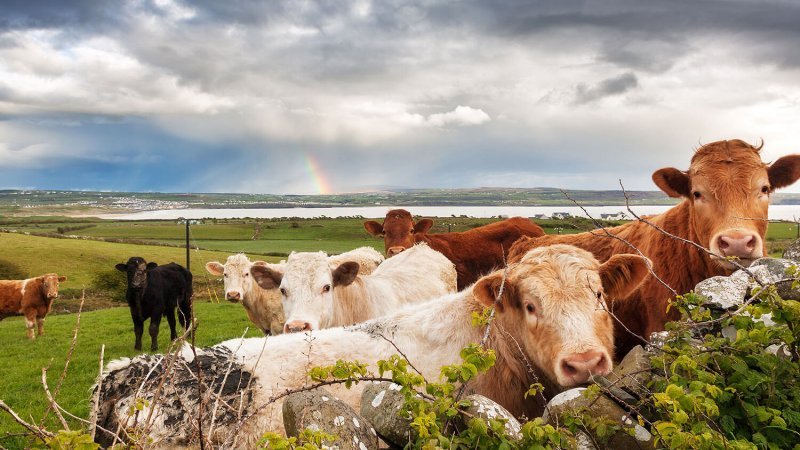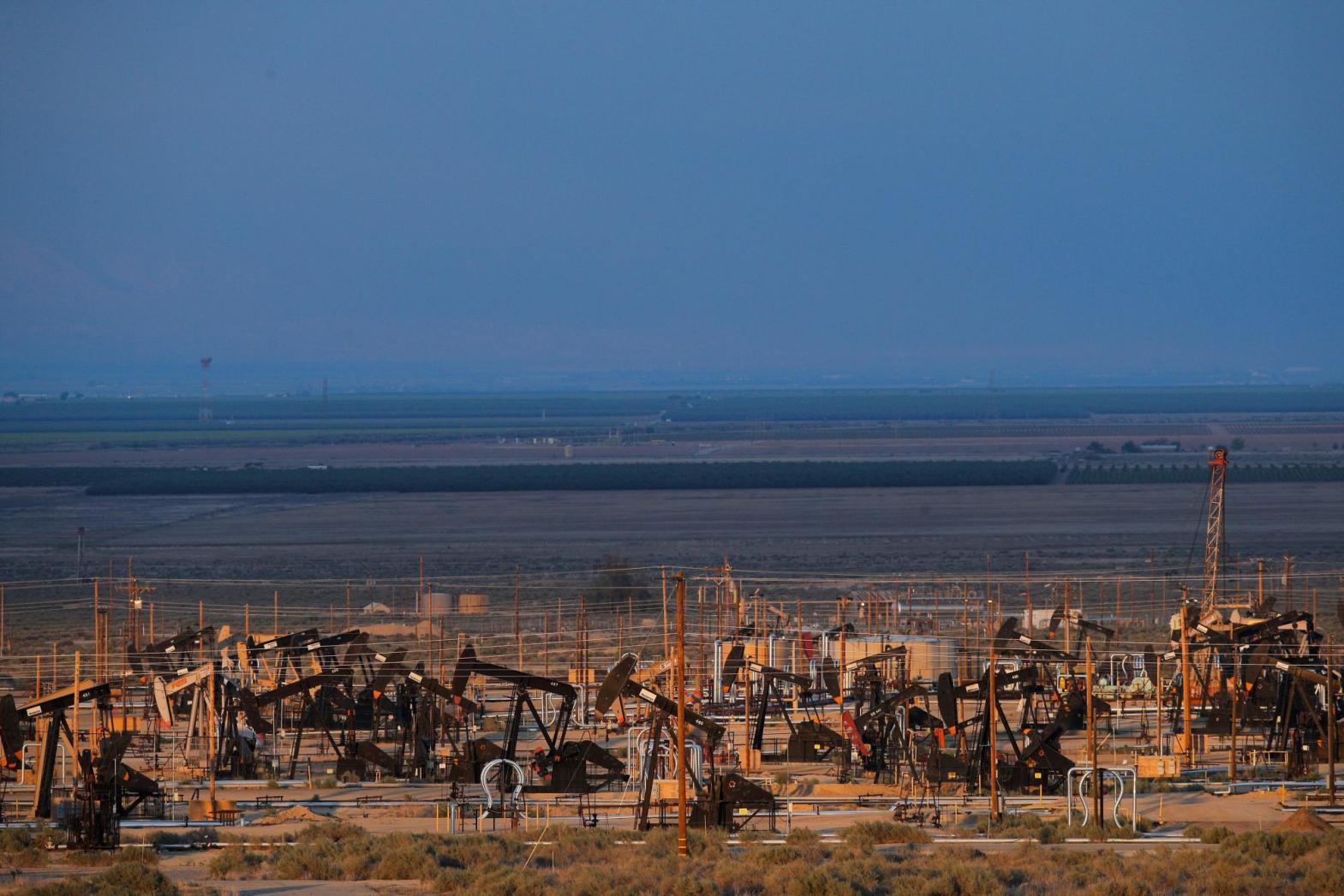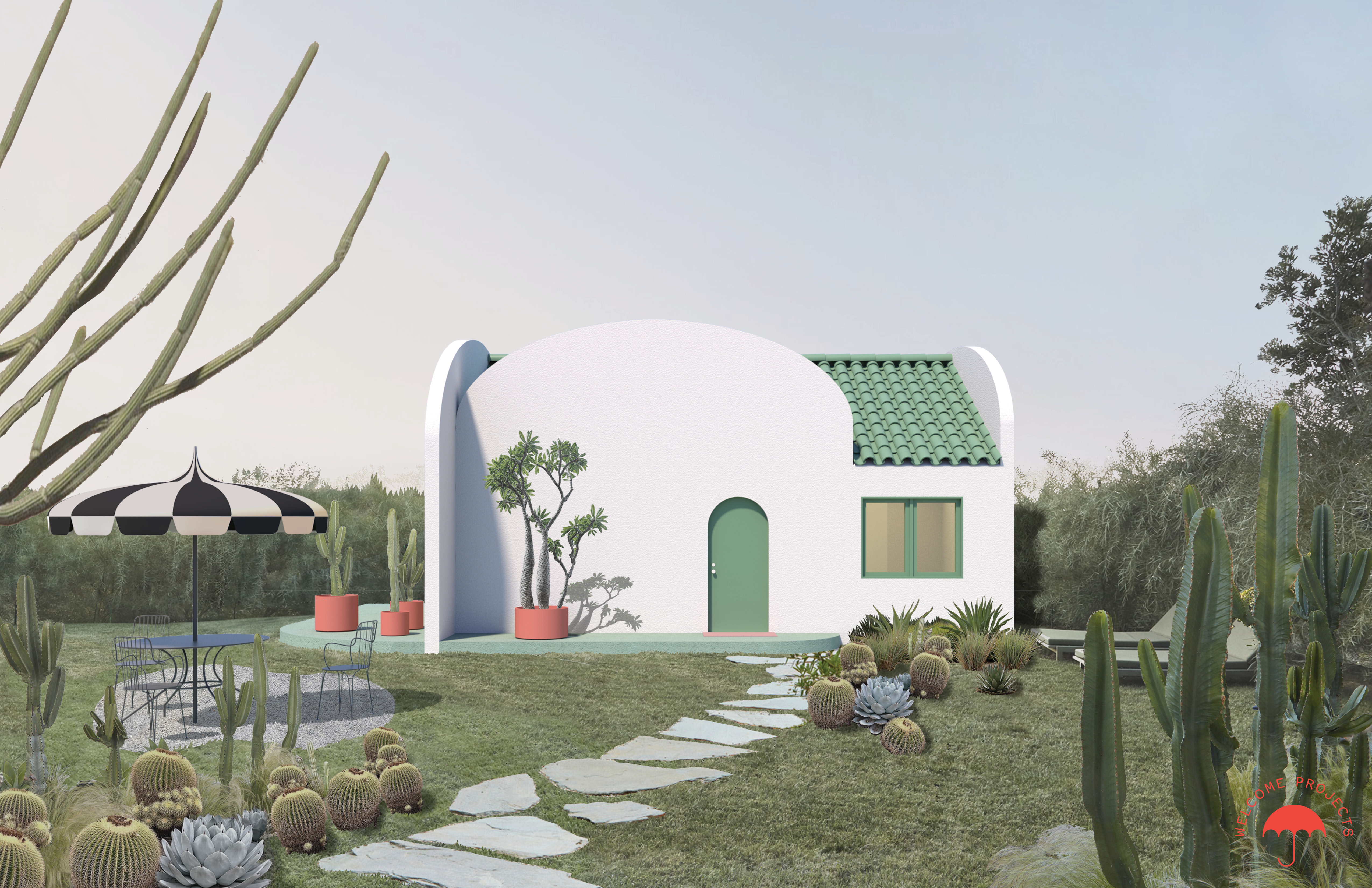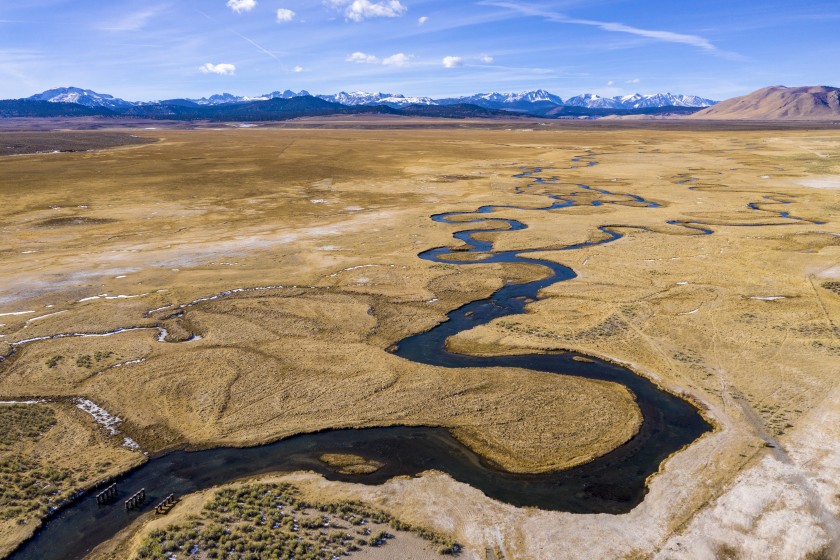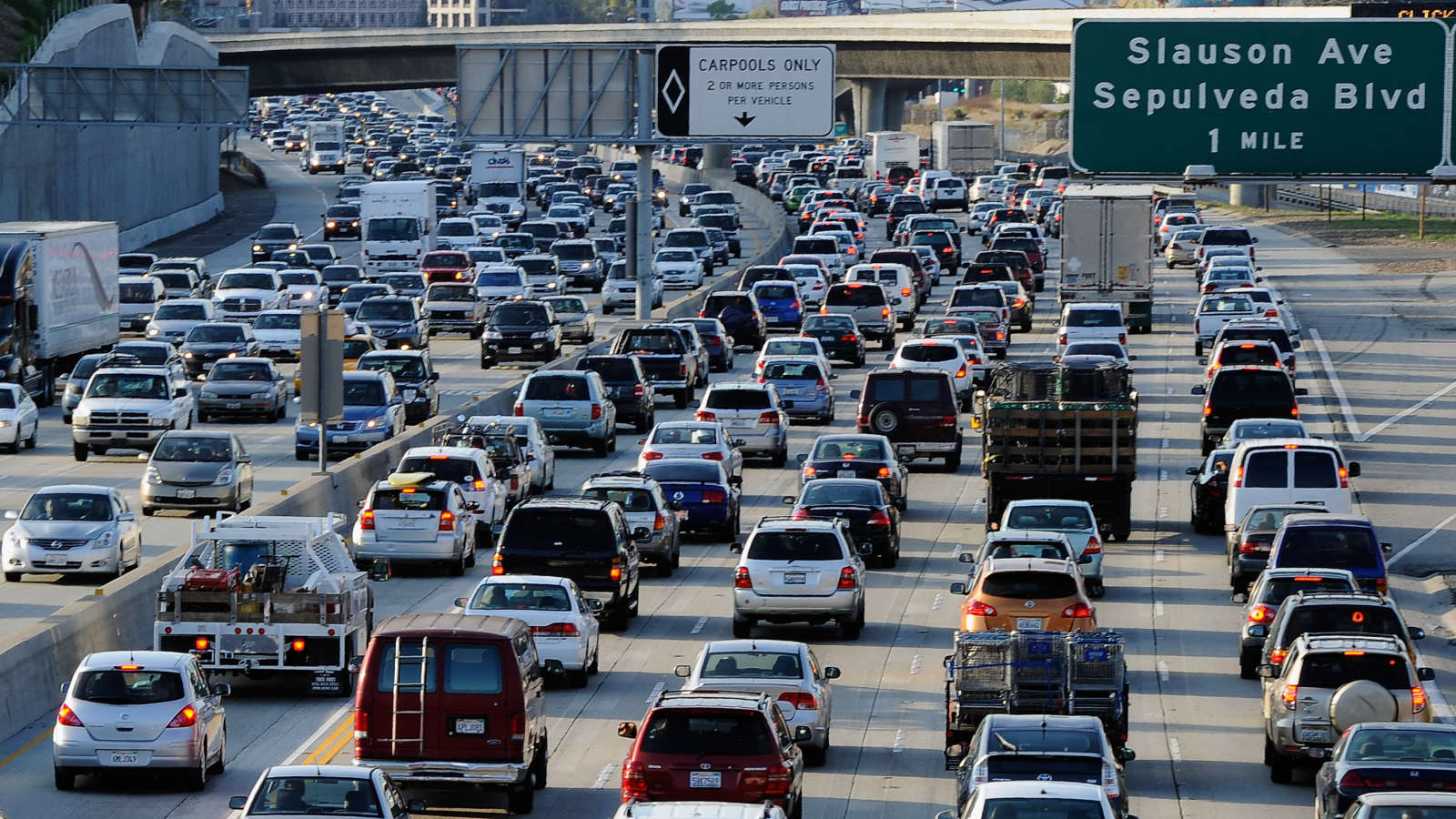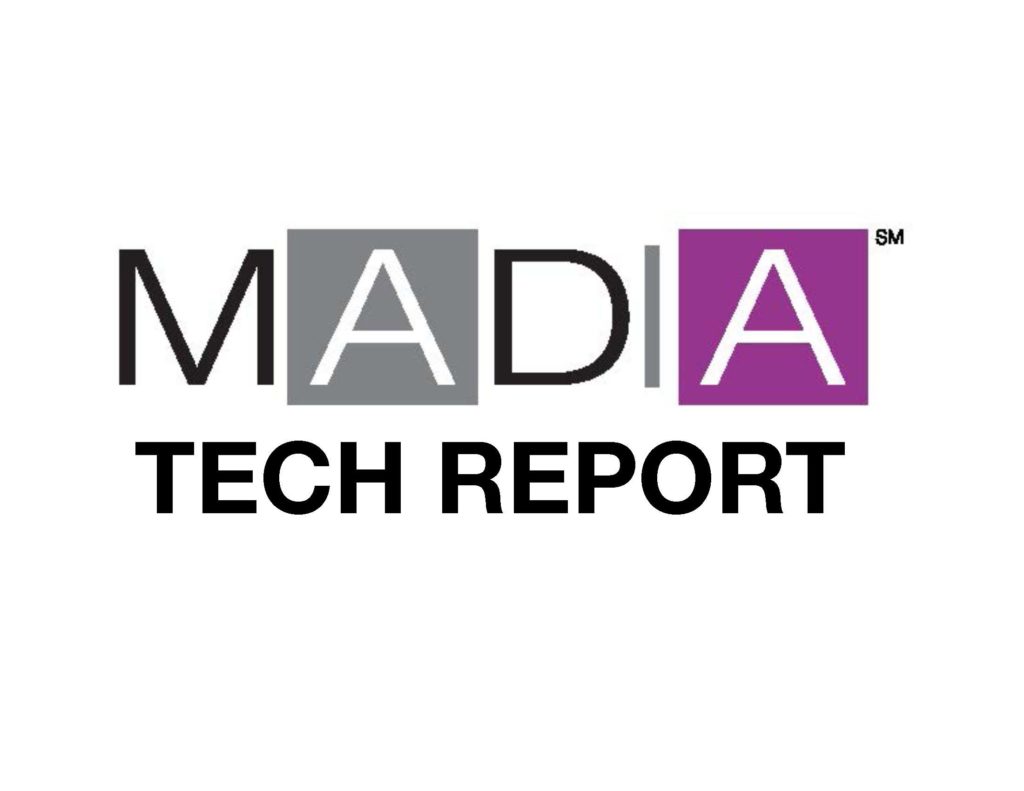By Sasha Gennet
I wasn’t one of the lucky kids who got to grow up on a ranch. No one back then would have expected me to work on livestock production and grazing lands. We lived in the suburbs, and I come from a family that had mostly worked in factories, not farming.
I was even a vegetarian in my teenage years, on the grounds that I didn’t want to eat an animal if I didn’t know and feel good about how it was raised (which is still true). My love for the outdoors and need to be near nature led to my early career as a botanist and restoration ecologist. Through my early jobs and in my graduate school research in grasslands and on ranches, I learned two key things about land stewardship: Livestock is one of the best tools available for managing land to benefit soil, water, and biodiversity.
Essentially, good grazing management in the right places is good for native plants and wildlife ; grazing animals can help manage fire risk, and strong rural economies rooted in ranching help slow urban and agricultural sprawl. Ranchers are deeply committed to protecting the natural resources that make their livelihoods […]
Click here to view original web page at geneticliteracyproject.org

